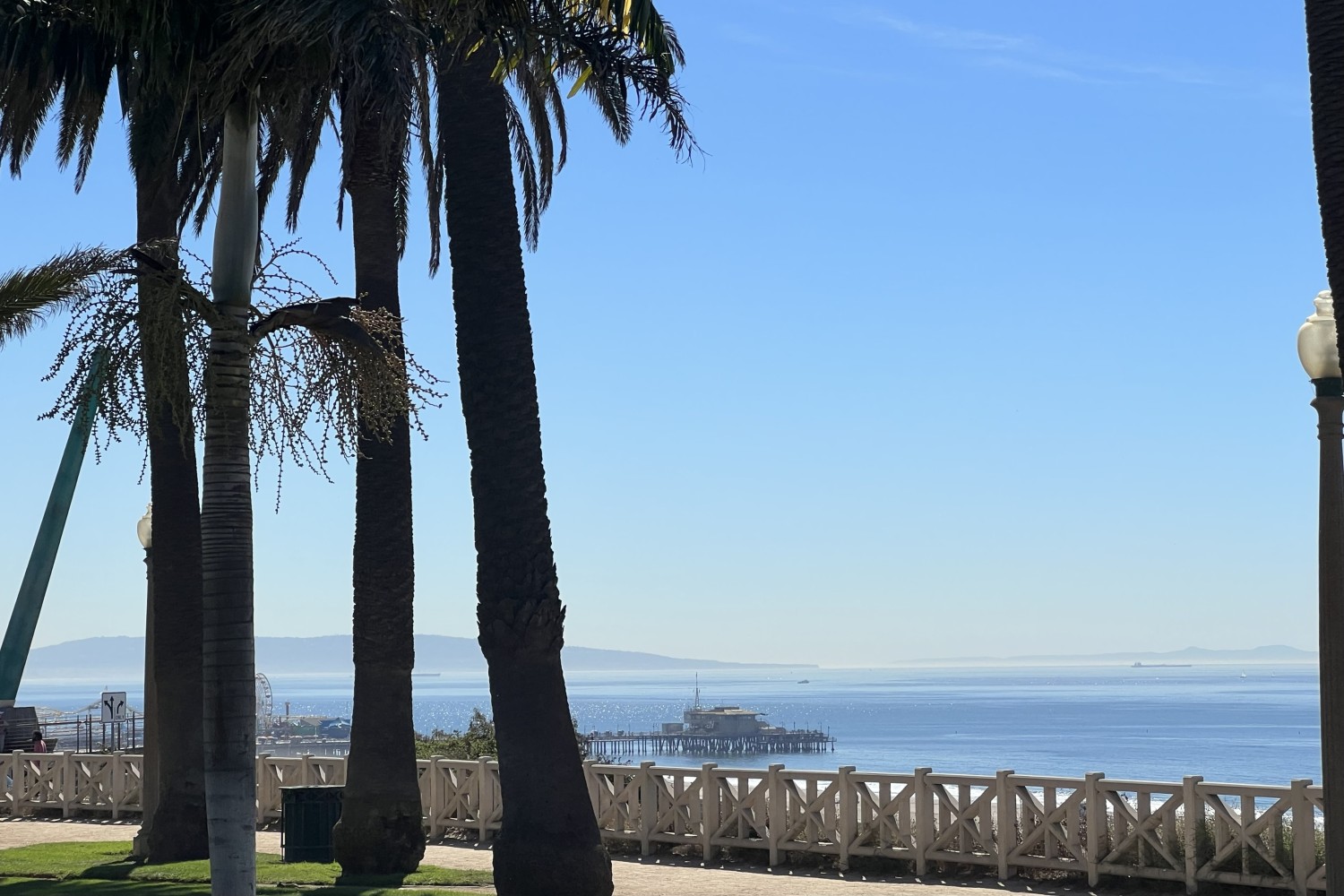Just a few months after pulling back about $12 million in grants to help build fueling stations for the new generation of hydrogen fuel cell cars due to debut by 2017, the California Energy Commission is back with a new grant-issuing proposal that still appears to favor huge international corporations over smaller companies and a modicum of pollution over completely clean air.
There is even the possibility that grants under the new plan could wind up going mostly to the same two multi-billion-dollar companies that had been due to receive last spring’s grants.
Those awards were rescinded last spring after this column exposed how executives of one set of billion-dollar corporations steered the state money toward cronies in other giant companies. Both the old grants and the ones to come involve vehicle license tax money earmarked to help make driving the new, totally non-polluting H2-fueled cars practical when they hit showrooms and roads.
Grants to be awarded before next June 30 could total more than $29 million, a combination of funds coming in during the fiscal year that started July 1 and the money not used last spring.
The problem with the cancelled grants was that the Energy Commission required approval from at least one of the eight automakers that will build H2 cars before any station could be approved for a grant. This was also how tens of millions in previous grants were made under ex-Gov. Arnold Schwarzenegger.
The two companies that at first won all those grants – German-based Linde Group and Pennsylvania-based Air Products & Chemicals Co. – are members of the semi-private California Fuel Cell Partnership, along with all eight car companies. Those include Toyota, Honda, Nissan, GM, Chrysler, Mercedes-Benz, Volkswagen and Hyundai.
With corporate executives from all these firms and commission staffers attending the same meetings and seminars several times yearly, the cronyism and collusion was obvious. The Energy Commission and all companies involved denied there was any, but service station locations proposed by companies other than Linde or Air Products could not get car company approvals for the grants, which in some cases will pay more than half the cost of adding hydrogen pumps to existing gas stations.
The tentative new proposal cuts carmakers out of the process, allowing Energy Commission staff alone to evaluate which station locations are most likely to encourage H2 car sales. It also lists 12 areas around the state as preferred locations, all places that posted significant sales of very early model gas-electric hybrids like the Toyota Prius and Honda Civic.
Those two changes make the new Energy Commission plan far cleaner than the old one scrapped last spring.
“The intent is to fund the best…stations in each of the identified areas,” the commission said in a statement.
But there are still potential problems. The new proposal commits just 10 percent of grant money to refueling stations that would produce hydrogen by electrolysis, and be powered by totally renewable sources like wind, geothermal or solar energy.
Hydrogen made this way on site would not have to be trucked to stations like compressed H2 produced using natural gas. Although natural gas emits far fewer greenhouse gases than oil or gasoline, it’s still dirty compared to wind energy and other pure renewables.
So this plan lets the Energy Commission claim it is promoting pollution-free fuel while still giving H2 produced with polluting fossil fuels a large role. Setting aside more of the grant money for hydrogen produced purely from renewables could fix this problem.
The new plan also sets just a 50 kilogram per day minimum for sales by stations the grants might fund. If on-site electrolysis systems produce that little hydrogen, chances are the stations will often run out and have to get supplies shipped in by industrial gas providers. Read: Linde and Air Products.
The new plan also calls for separate 50-page grant applications for each new station considered. That creates a lot of duplicate paperwork for companies aiming to set up multiple stations with identical equipment and business plans. It favors big companies with large staffs over small outfits that hope to grow through supplying the new fuel.
Then there’s the matter of who evaluates applications for the tens of millions of state tax dollars. The commission says only that its staff will do that, but this would be the same staff which wrote the old, cronyistic plan and still hobnobs with car and industrial gas company bigshots at Fuel Cell Partnership functions.
This one could be fixed by putting into the evaluation process a technical committee of academic experts not tied to any company seeking grants.
The bottom line: The new plan is a big improvement over the old one, but unless it is tweaked some more before anyone starts applying for grants, it could end up favoring the same big companies as the old, discredited system.













